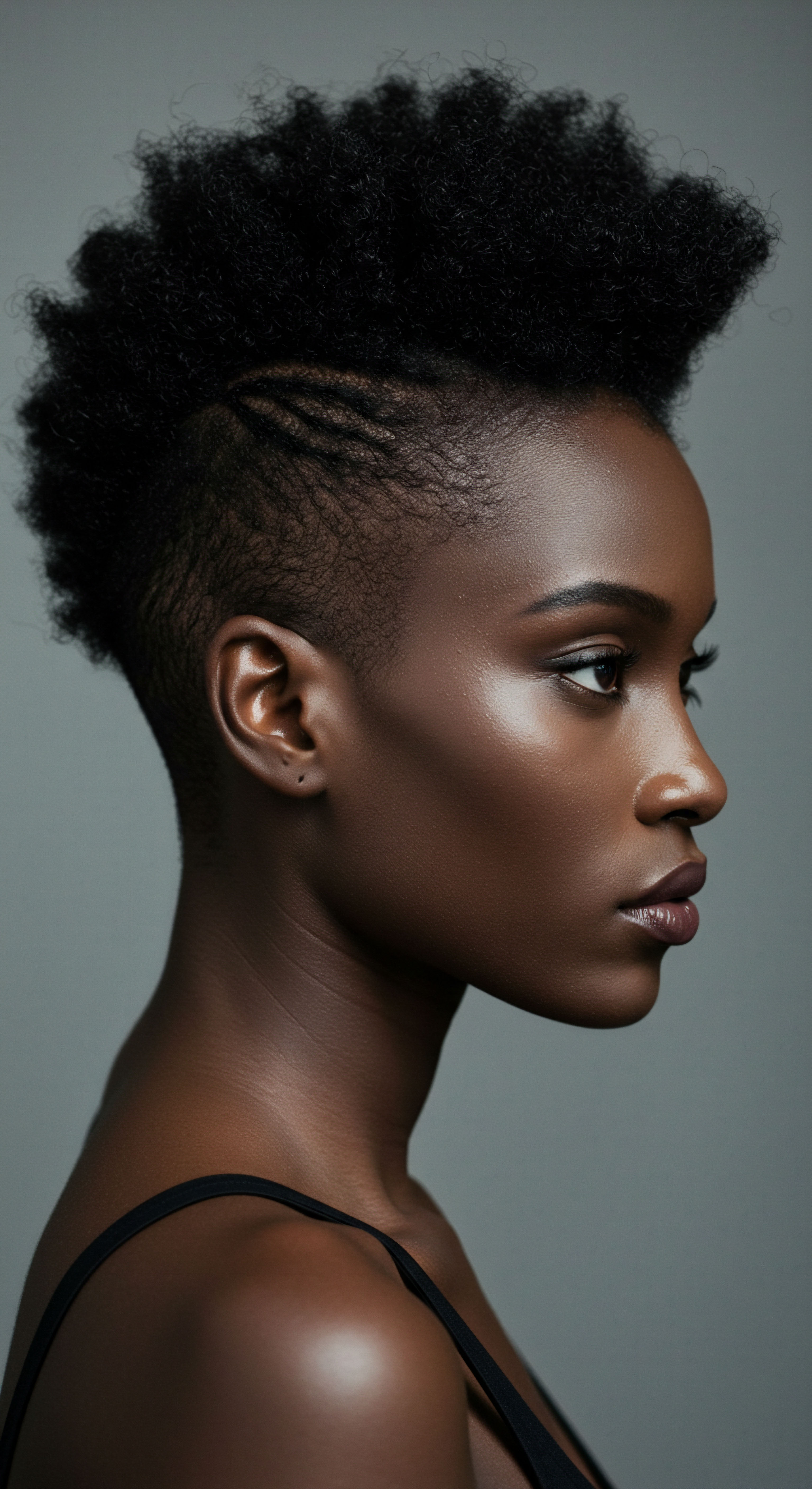
Roots
The quiet dance of water, a seemingly simple element, holds a profound impact on the vitality of our hair. For those with textured strands, this interaction carries an especially weighty significance. The daily ritual of cleansing, meant to refresh and purify, can sometimes leave a subtle, unwelcome residue, clouding the natural luminosity we seek. This exploration delves into the foundational ways hard water interacts with the very structure of natural hair, gradually diminishing its inherent brilliance.

The Hair’s Outer Shield ❉ Cuticle Response
At the heart of hair’s sheen lies its outermost layer, the cuticle. Composed of overlapping, scale-like cells, a healthy cuticle lies flat, reflecting light uniformly and giving hair its lustrous appearance. Hard water, however, carries dissolved mineral ions, primarily calcium and magnesium. When these minerals encounter hair, particularly during washing with warm water that causes the cuticle to swell and open, they do not simply rinse away.
Instead, these positively charged mineral ions cling to the negatively charged surface of the hair shaft. This mineral adhesion disrupts the smooth alignment of cuticle scales. The result is a roughened surface, akin to tiny, lifted shingles on a roof. This unevenness scatters light rather than reflecting it, leading to a noticeable reduction in hair’s natural sheen and a dull, lackluster appearance.
Hard water minerals cling to hair, disrupting the cuticle’s smooth surface and diminishing its natural light reflection.
Beyond the immediate dulling effect, this roughened cuticle also creates a less hospitable environment for moisture. A compromised cuticle struggles to seal in hydration, leaving hair feeling drier and more susceptible to breakage. The constant friction between these raised scales during styling or even simple movement can further exacerbate mechanical damage, leading to a cycle of dryness and brittleness. This physical alteration of the hair surface is a key mechanism through which hard water impacts visual vibrancy.
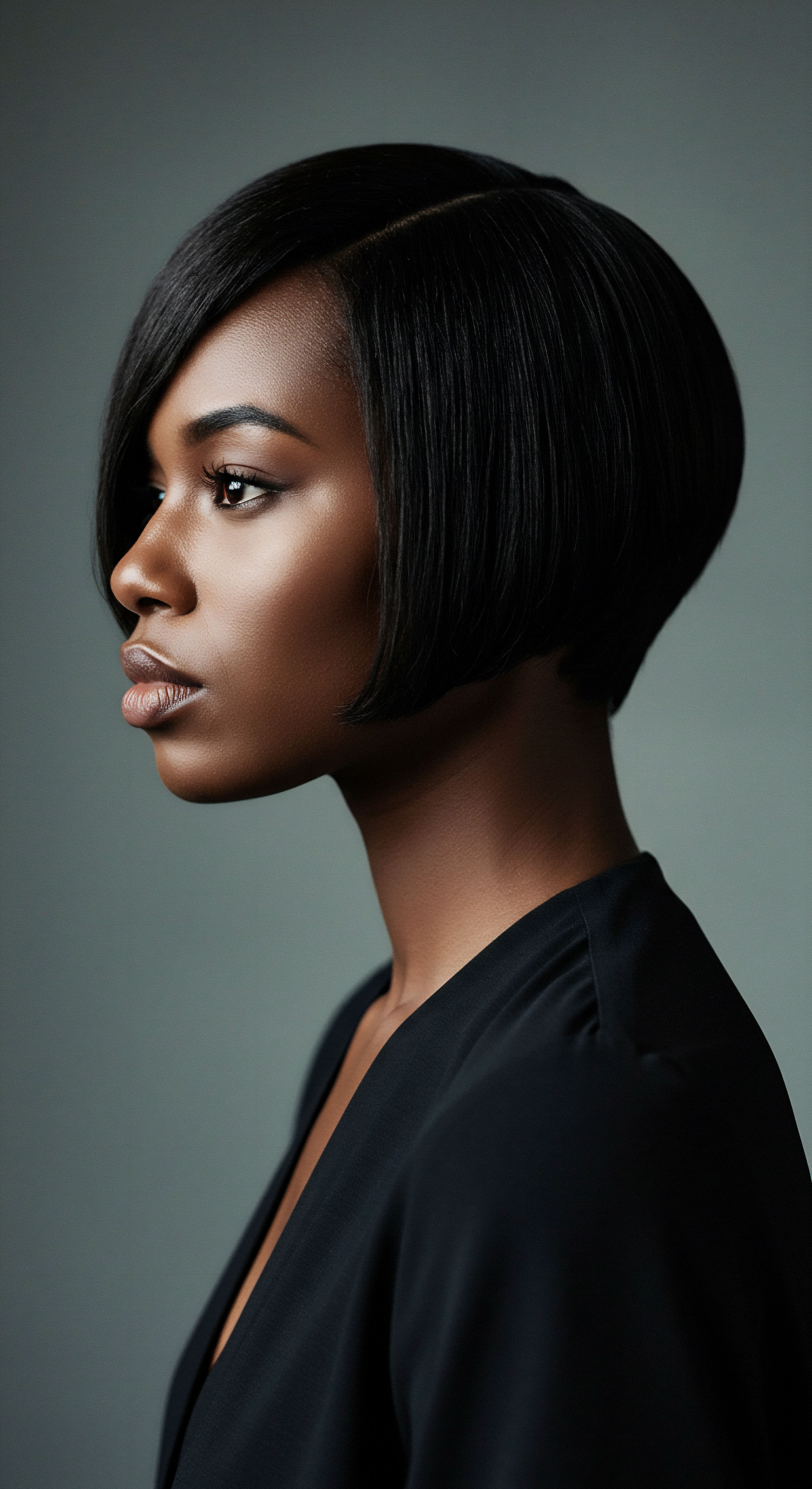
Mineral Composition and Hair’s Absorption
The specific types and concentrations of minerals in hard water play a direct role in how hair is affected. Calcium carbonate and magnesium sulfate are the primary culprits. Research indicates that hair can absorb significant amounts of these metals from tap water, especially following chemical treatments or during regular washing. This absorption is not merely superficial; these minerals can deposit within the hair fiber itself, particularly in high porosity hair.
A study published in the International Journal of Cosmetic Science revealed that hair treated with hard water displayed a significantly higher deposition of calcium and magnesium compared to hair washed with distilled water. Specifically, the mean calcium deposition in hard water treated hair was 0.804%, compared to 0.26% in distilled water treated hair. For magnesium, the figures were 0.34% for hard water treated hair versus 0.078% for distilled water treated hair. This quantifiable mineral accumulation forms a tenacious film, an invisible coating that hinders the hair’s ability to absorb moisture and nutrients from conditioning products.
This phenomenon helps explain why even the most nourishing conditioners may seem less effective when used with hard water. The hair becomes heavy, losing its natural bounce and vitality.
| Mineral Calcium |
| Primary Effect on Hair Surface buildup, stiffness, reduced moisture absorption |
| Impact on Sheen Dull, chalky appearance |
| Mineral Magnesium |
| Primary Effect on Hair Waxy coating, reduced lather, weight |
| Impact on Sheen Greasy yet dry, diminished light reflection |
| Mineral Iron |
| Primary Effect on Hair Discoloration (especially on lighter hair), dryness, altered texture |
| Impact on Sheen Brassy or reddish tints, loss of vibrancy |
| Mineral Silica |
| Primary Effect on Hair Hard, insoluble deposits, dryness, weight |
| Impact on Sheen Lackluster, heavy appearance |
| Mineral These common hard water minerals interact with hair to reduce its natural luster and health. |

How Does Water Hardness Alter Hair Texture Over Time?
The cumulative effect of mineral deposition can lead to noticeable changes in hair texture. Hair that once felt soft and supple may become rough, stiff, or even brittle. This textural shift directly impacts sheen, as a coarser surface diffuses light more readily than a smooth one.
Some research suggests that increased stiffness, while potentially aiding style retention in virgin hair, generally contributes to a poorer appearance in bleached or chemically treated hair. The mechanical friction caused by stiffened strands can also lead to more breakage, further compromising the overall health and appearance of the hair.
Moreover, the presence of these mineral deposits can interfere with the effectiveness of cleansing agents. Shampoos may struggle to lather properly, requiring more product for a perceived clean. This incomplete cleansing leaves behind a residue, a combination of hard water minerals and unrinsed product, which compounds the problem of dullness and lack of bounce. The hair, in essence, becomes trapped under a veil of mineral accumulation, obscuring its inherent shine.

Ritual
Understanding the fundamental interactions between hard water and natural hair sets the stage for a deeper look into our hair care rituals. Our daily practices, from cleansing to conditioning, hold the power to either exacerbate or mitigate the effects of hard water. This section guides us through thoughtful adjustments and intentional choices that can help restore and maintain hair’s radiant sheen, transforming routine into a purposeful act of care.
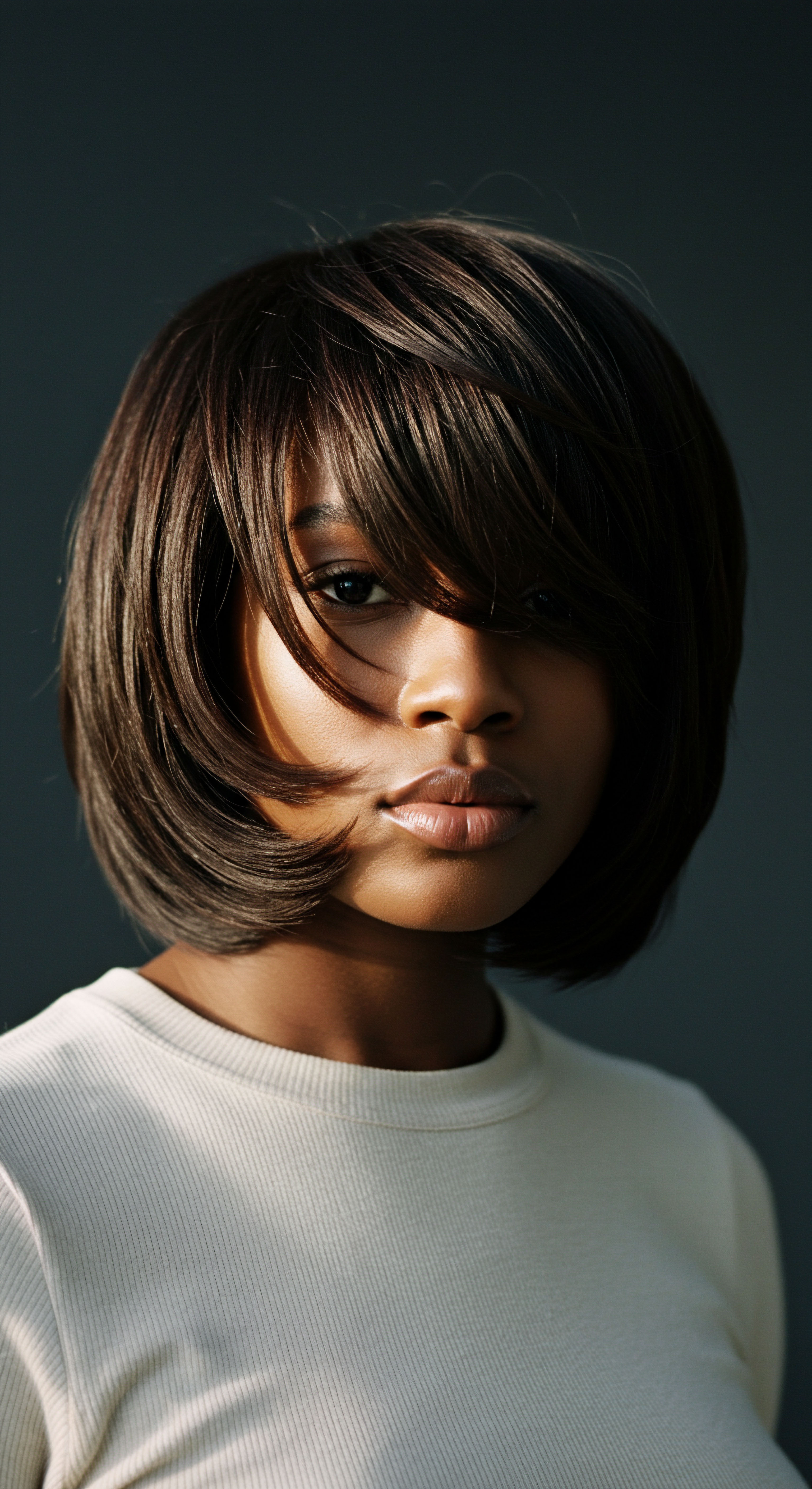
Selecting Cleansers and Chelators
The choice of cleansing agent stands as a significant factor in counteracting hard water’s influence. Traditional shampoos may struggle to perform optimally in mineral-laden water, leading to reduced lather and ineffective cleansing. This often prompts individuals to use more product, paradoxically contributing to further buildup. The key lies in selecting formulations designed to address mineral accumulation.
Products containing chelating agents are particularly helpful. These ingredients, such as citric acid or disodium EDTA, bind to the mineral ions, allowing them to be rinsed away from the hair shaft. Citric acid, a common and well-researched chelator, has shown particular effectiveness in forming soluble calcium salts, making it valuable in hair treatments.
- Clarifying Shampoos ❉ These formulations are specifically designed to remove mineral deposits and product residue. Regular use, perhaps once or twice a month, can help reset the hair, allowing it to regain its natural vibrancy.
- Chelating Conditioners ❉ Some conditioners also contain mild chelating agents, providing a continuous, gentle removal of mineral buildup with each wash.
- Acidic Rinses ❉ A diluted apple cider vinegar rinse, with its slightly acidic pH, can help to flatten the cuticle and remove some surface mineral deposits, restoring a smoother feel and improved light reflection.
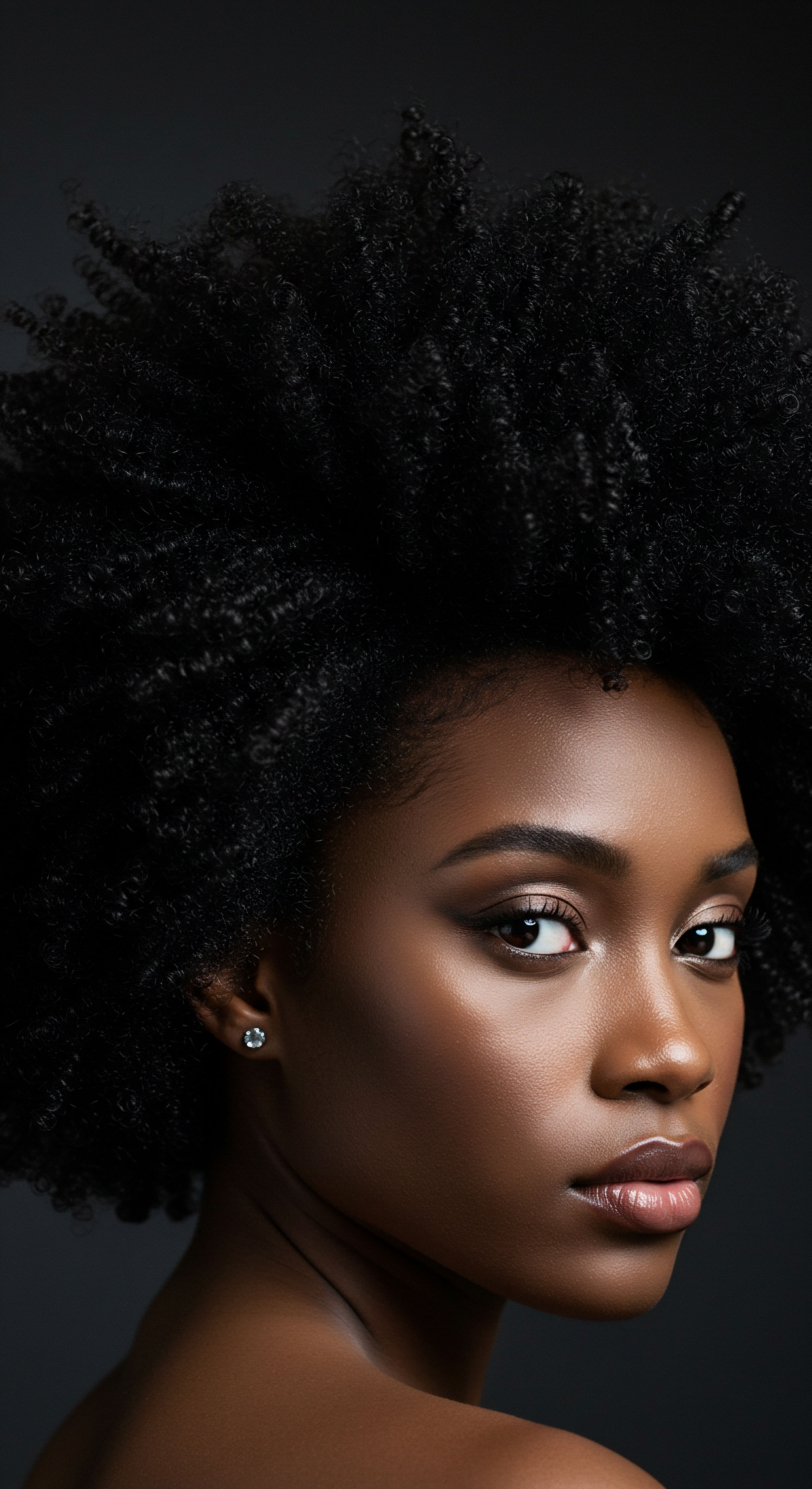
Conditioning for Resilience and Radiance
After addressing mineral buildup, the next step involves replenishing the hair’s moisture and supporting its structural integrity. Hard water can strip natural oils and hinder moisture absorption, leaving hair dry and brittle. This calls for a focused approach to conditioning that prioritizes deep hydration and cuticle smoothing. Ingredients that coat the hair shaft, such as silicones like dimethicone, can temporarily improve shine by creating a smoother surface.
However, their water insolubility can also lead to buildup over time, weighing hair down. A more sustainable approach involves ingredients that truly penetrate and nourish the hair.
Consider conditioners rich in humectants like glycerin, which draw moisture from the air into the hair, and emollients such as shea butter or natural oils, which provide a protective lipid layer. These components work in concert to seal the cuticle, reduce friction, and promote a soft, pliable texture that reflects light more effectively. For textured hair, which often has a naturally more open cuticle, this deep conditioning is even more vital to combat the drying effects of hard water and maintain a healthy sheen.

How Can Shower Filters Alter Hair’s Luster?
The most direct approach to mitigating hard water’s effects involves altering the water itself. Installing a shower filter or a whole-house water softener can significantly reduce the mineral content of the water used for washing hair. Shower filters, while more economical than whole-house systems, work by trapping or neutralizing minerals like calcium and magnesium before they reach the hair. This immediate reduction in mineral exposure means less buildup on the hair shaft and scalp.
Mitigating hard water’s impact begins with thoughtful product selection and can be greatly aided by water filtration systems.
The tangible benefits of using filtered water are often quickly observed ❉ shampoos lather more readily, hair feels softer to the touch, and the natural sheen begins to re-emerge. Without the constant assault of mineral deposits, hair is better able to absorb conditioners and styling products, allowing them to perform as intended. This preventative measure creates a more consistent and predictable environment for hair care, allowing hair to retain its natural oils and moisture balance, which are foundational to its radiant appearance.
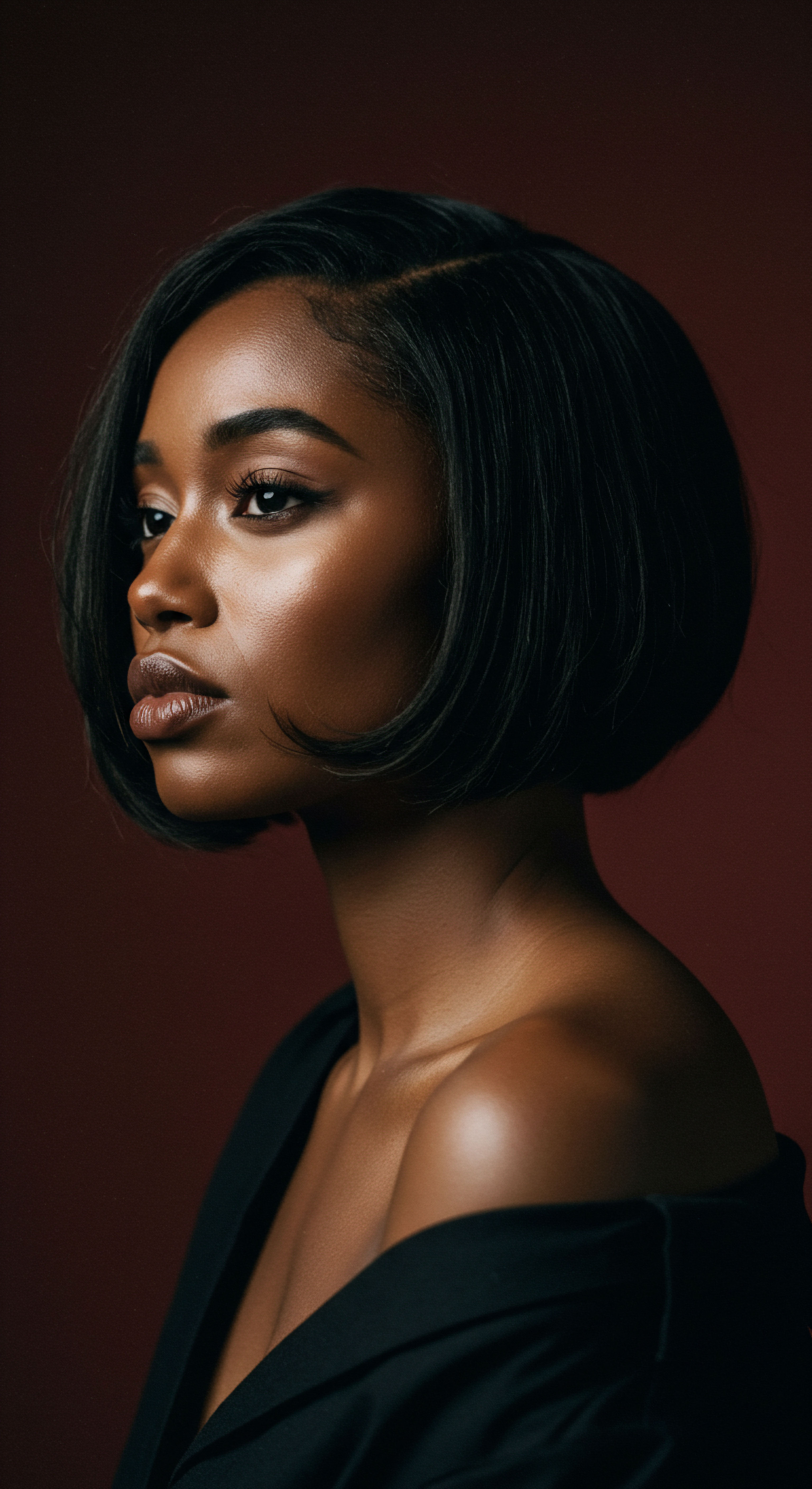
Relay
Stepping beyond the immediate impact and daily practices, we now turn our attention to the deeper, interconnected aspects of hard water’s influence on natural hair’s sheen. This exploration considers the scientific intricacies, historical context, and broader implications that shape our understanding of hair health and its radiant display. The interaction is far from superficial; it delves into the very chemistry of our strands and the environment they inhabit.

The Physicochemical Dance of Minerals and Hair Proteins
The interaction between hard water minerals and hair is a complex physicochemical process. Hair proteins, particularly keratin, contain negatively charged sites that readily attract the positively charged calcium and magnesium ions present in hard water. This ionic attraction results in the formation of insoluble mineral salts that adhere tenaciously to the hair shaft. This mineral coating not only dulls the hair’s surface but also interferes with the hair’s natural electrical charge, potentially leading to increased static and frizz.
Research published in the International Journal of Cosmetic Science (2011) indicated that water hardness metals, concentrating primarily in the cuticle layers, can affect the structural properties of hair. The study found that fibre stiffening was induced by the presence of these metals inside both virgin and bleached hair. This stiffening can reduce flexibility and increase friction, contributing to mechanical damage and a compromised surface that cannot reflect light effectively. This microscopic alteration is the unseen antagonist to vibrant hair, slowly eroding its potential for luminosity.

Does Hard Water Affect the Hair’s Internal Structure?
While much attention focuses on surface effects, the question of hard water’s influence on the hair’s internal structure warrants a deeper look. The cuticle, though external, is not entirely impermeable. Prolonged exposure to hard water, especially with an open cuticle from warm washing, can allow mineral ions to penetrate beyond the surface.
Once inside the hair, these minerals can potentially interfere with the internal protein matrix. Some studies, like one utilizing scanning electron microscopy (SEM), have suggested that hard water treatment can lead to decreased thickness of hair over time, though other studies on tensile strength and elasticity have yielded mixed results.
The presence of these minerals within the hair can also lead to oxidative damage. Certain hard water minerals, particularly iron, can act as catalysts for oxidation reactions, which can degrade hair proteins and pigments. This internal degradation contributes to a loss of hair’s inherent strength and elasticity, and can also lead to color alteration, especially in chemically treated hair, where blonde hair may develop undesirable greenish tints.
Beyond surface effects, hard water minerals can penetrate hair, potentially causing internal structural changes and oxidative damage.
This subtle, internal attack on hair’s integrity compounds the external dulling, making hair not only appear less radiant but also feel weaker and more prone to breakage. The overall impact on sheen is therefore a combination of surface scattering of light and a deeper compromise of the hair’s healthy composition.
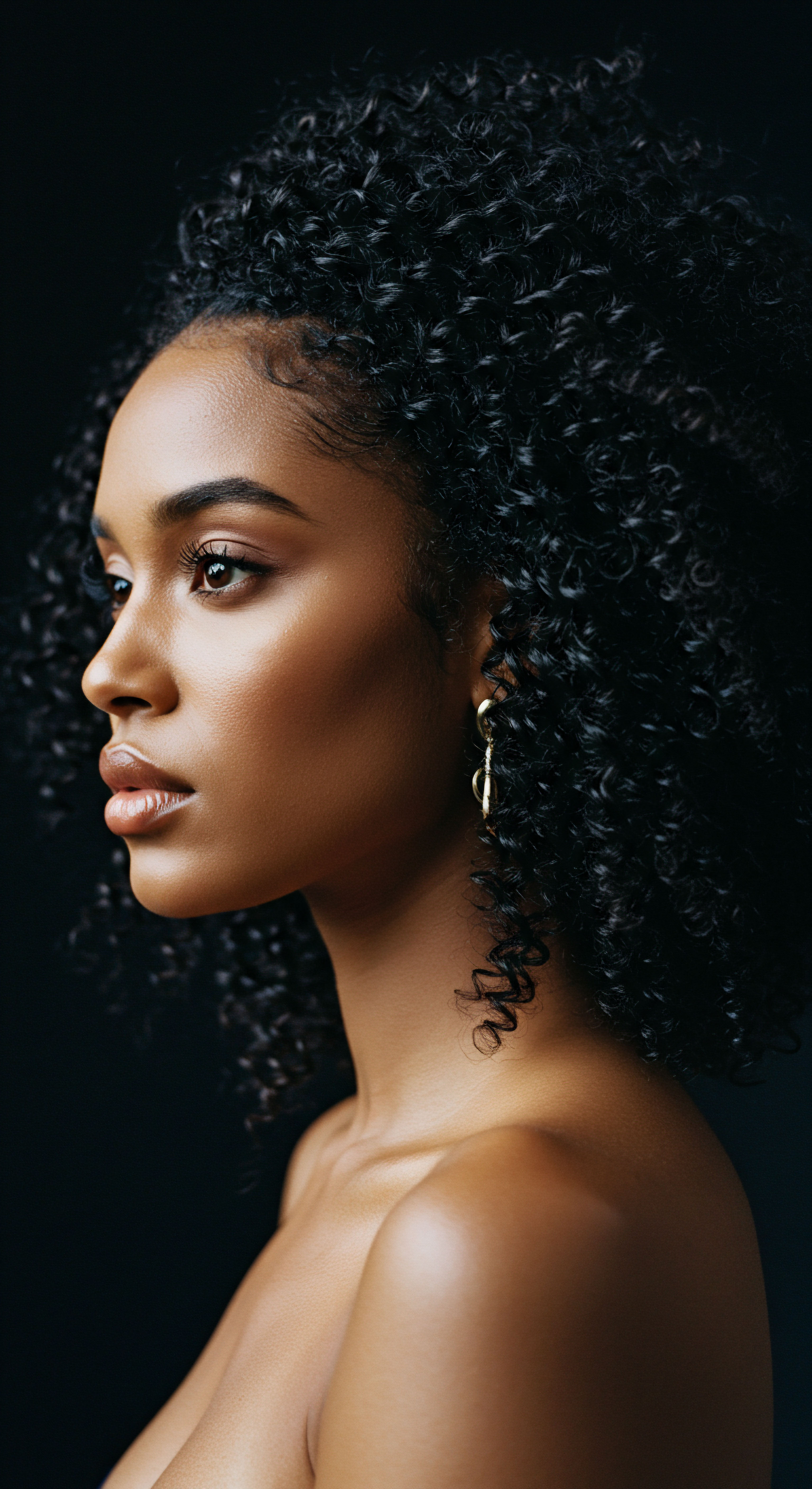
The Historical Context of Water and Hair Practices
The awareness of water quality and its impact on hair is not a modern phenomenon. Across various cultures and historical periods, communities developed ingenious practices to counteract the effects of local water sources. In regions with naturally hard water, traditional hair care often involved acidic rinses from fruits or herbs, or the use of specific clays, which possess chelating properties.
For instance, rhassoul clay, mined in the Atlas Mountains of Morocco, has been used for centuries for cleansing and conditioning, partly due to its ability to bind with impurities. These practices, passed down through generations, speak to an intuitive understanding of hair chemistry long before the advent of modern cosmetic science.
The absence of abundant, chemically treated soft water in many historical settings meant that hair care rituals were often adapted to the available resources. This historical perspective highlights the resilience of human ingenuity in maintaining hair health and appearance despite environmental challenges. It reminds us that our quest for lustrous hair is a timeless one, rooted in both practical observation and a deep connection to natural elements.
- Water Softeners ❉ These systems remove calcium and magnesium ions through an ion-exchange process, replacing them with sodium ions. This provides a consistent supply of soft water, offering the most comprehensive solution to hard water challenges.
- Showerhead Filters ❉ A more accessible option, these filters attach directly to the showerhead and use various media to reduce mineral content. While effective, their capacity is limited, requiring periodic replacement.
- Chelating Shampoos and Treatments ❉ Formulated with specific ingredients like citric acid or EDTA, these products chemically bind to mineral ions, allowing them to be rinsed away. They are particularly useful for periodic deep cleansing.
The journey to vibrant, healthy hair in the presence of hard water involves a blend of scientific understanding and respectful application of care. It means recognizing the subtle yet persistent assault of minerals and responding with informed choices, drawing from both modern advancements and the wisdom of ancestral practices. The sheen of natural hair, in this context, becomes a testament to both its inherent beauty and the thoughtful care it receives.

Reflection
The journey through the subtle yet significant effects of hard water on natural hair’s sheen brings us to a place of deeper appreciation for the delicate balance that maintains our strands’ vitality. It reveals that the pursuit of radiant hair is not merely about external applications, but about understanding the very environment in which our hair lives and breathes. Each drop of water, each mineral it carries, plays a part in a continuous conversation with our hair’s structure and appearance. To truly honor the unique beauty of textured hair means to listen to these quiet signals, to adapt our practices with wisdom and intention, and to recognize that true luminosity springs from a foundation of informed, gentle care.

References
- Evans, A. O. Marsh, J. M. & Wickett, R. R. The structural implications of water hardness metal uptake by human hair. International Journal of Cosmetic Science, 2011, 33(5), 421-427.
- Luqman, M. W. Ramzan, M. H. Javaid, U. Ali, R. Shoaib, M. & Luqman, M. A. To Evaluate and Compare Changes in Baseline Strength of Hairs after Treating them with Deionized Water and Hard Water and its Role in Hair Breakage. International Journal of Trichology, 2018.
- Srinivasan, S. & Chakravarthy Rangachari, V. Scanning electron microscopy study of hair shaft changes related to hardness of water. International Journal of Trichology, 2017, 9(3), 108.
- Robbins, Clarence R. Chemical and Physical Behavior of Human Hair. Springer, 2001.
- Draelos, Zoe Diana. Cosmetic Dermatology ❉ Products and Procedures. Wiley-Blackwell, 2010.
- Syed, Ali N. Curly Hair ❉ Structure, Properties, and Care. BookTrib, 2024.
- Sakamoto, Kazutami, Lochhead, Howard, Maibach, Howard, Yamashita, Yuji. Cosmetic Science and Technology ❉ Theoretical Principles and Applications. Academic Press, 2017.
- Dara, S. S. & Umare, S. S. A Textbook Of Engineering Chemistry. S. Chand and Co. 2010.
- Somasundaran, P. Rhein, Linda D. Schlossman, Mitchell, O’Lenick, Anthony. Surfactants in Personal Care Products and Decorative Cosmetics. CRC Press, 2007.
- Schueller, Randy, Romanowski, Perry. Conditioning Agents for Hair and Skin. CRC Press, 1999.